Kamlan 28mm f/1.4 Review
Dustin Abbott
May 25th, 2018
Towards the end of 2017 I spent time with my first Kamlan lens – the Kamlan 50mm f/1.1 compact prime lens. There were things that I praised, including a very nice build quality (all metal and glass) and nice rendering (including good color rendition and excellent bokeh quality). There were other things I liked less, including some quirks in the build and mechanical operation of the lens (sticking points in the aperture ring and a lens bayonet mount that required too much force to mount or release). I also criticized the low contrast and sharpness at wide apertures, the very flare-prone nature of the lens, and some chromatic aberrations. My final verdict of that lens was that despite some flaws it provided an inexpensive way for photographers to get some unique images due to the huge maximum aperture of the lens. So when Sainsonic approached me about reviewing their next lens – the Kamlan 28mm f/1.4 – I quickly agreed. In many ways the Kamlan 28mm is a less extreme instrument, but that also makes it a better lens in near every way. And, at a price tag of well under $200, it is going to be a very interesting option for those who want a “budget premium” prime lens.
Prefer to watch your reviews? Click below to watch my full review and image quality breakdown:
Kamlan 28mm f/1.4 Build, Design, and Handling
The Kamlan 28mm perfectly fits the niche as an inexpensive fast “normal” prime lens. “Normal” lenses are valued because they provide a natural angle of view that is similar to what the human eye sees. The images they produce are very relatable and engaging because they feel like scenes people have seen. The focal length is extremely versatile for a wide range of applications – from landscapes to portraits to street photography. In recent years, many people have thought of the 50mm focal length (on full frame) as “normal”, but in times past a normal lens was actually closer to 40mm. I was initially somewhat put off by the focal length when Tamron released a 45mm f/1.8 lens a few years ago, but when I began to use the lens, I discovered that in many ways I liked it better than the classic 50mm focal length. I ended up purchasing that lens and have found that it is a lens I often reach for.
The Kamlan 28mm is essentially that lens for APS-C cameras. I’m reviewing it on Sony APS-C (a6500), where it has a 42mm (35mm full frame equivalent) focal length on Sony E and Fuji X mounts. On Canon M the 35mm equivalent focal length is 44.8mm, and on M43 it is 56mm. In practical use I’ve already found the lens’ focal length to be very useful for a wide range of subjects. Here’s a quick sampling of some the things that I’ve used the lens to shoot:
Street:
Landscape:
People:
Close Focus:
The Kamlan 28mm f/1.4 sports an all metal and glass design with a similar design ethos to the 50mm f/1.1 (not a bad thing). The lens has a classic premium feel that belies its inexpensive price tag. In many ways it reminds me of the Laowa lenses that I’ve reviewed, with many similar strengths and weakness. I was happy to find a maturing design and engineering process with the Kamlan 28mm. Most of my concerns with the build on the previous lens have been addressed. You can catch those details in this video, where I breakdown the build, design, and handling of the lens:
It is an extremely compact lens, with a diameter of 56mm (2.2”) and a length of 68mm (2.7”). It easily fits in the palm of your hand and is a great physical match to the Sony a6500 that I’m reviewing it on. Despite it’s compact size, it has some heft due to being all metal and glass in construction, and weighs in at 344g (12 oz). It’s not heavy in an absolute sense (and balances well on the camera), but the heft of the Kamlan 28 belies its very compact size.
Kamlan has continued to utilize a “declicked” manual aperture ring, which is prized by videographers for allowing smooth aperture changes while retaining traditional aperture stop markers for stills photographers. I don’t mind the declicked aperture, though for stills it requires visual confirmation to see approximately where you are in terms of aperture value as you can’t rely on the tactile feedback from the predefined aperture detents of a typical aperture ring. The upside is that you can essentially select any aperture size between f/1.4 and f/16 without worrying about full/partial stops. My concern with the 50mm f/1.1 was that the aperture ring required so much effort to turn that it defeated the purpose of having a declicked aperture; you still wouldn’t be able to get smooth aperture transitions. Even after it loosened up a bit with use, I still had a few “sticking points” where the action was less smooth. On the Kamlan 28mm the action is much smoother and much more consistent; videographers should be able to do “aperture racking” without issue, though the weight is still on the heavier side. I understand that with a clickless aperture you don’t want the weighting to be so light that you inadvertently change aperture settings easily, but I also think the purpose of a declicked aperture is defeated if the weight is too heavy. Kamlan has refined their process already, but I think just a slight more refinement is in order.
That’s not a problem with the MF ring! The manual focus ring is incredibly smooth and perfectly damped, allowing for smooth and accurate focus results across the roughly 160 degrees of focus travel. The quality of the focus and aperture rings is that of a premium lens; all finely ribbed anodized metal. The MF ring is loaded with etched (not just painted) distance markings to help aid focus, though there are a variety of focus aids built into the Sony a6500 body that I’m using for review that help even more. I found the distance markings to be fairly accurate, though, as is fairly typical in my findings, I found that accurate infinity focus came slightly before the hard stop at infinity. The lens extends about 1 cm (roughly half and inch) when at minimum focus distances (the lens will focus down to 25cm/9”), though nothing rotates at the front, which allows for circular polarizers to be used without issue.
One minor real-world criticism that I’ve encountered is that there isn’t a major difference in tactile feel between the two rings (the MF ring is a few millimeters wider) due to the clickless nature of the aperture ring, and, as a result, there have been times that I’ve inadvertently starting changing aperture when I wanted to focus the lens. I’m sure that familiarity will help eliminate that issue, but it’s worth noting as I haven’t often had that issue despite being unfamiliar with a lens. The only other lens that I can recall encountering this issue is with my vintage Helios 44-2 lens (a preset aperture lens). This isn’t a big issue, but just something to look out for as you begin to familiarize yourself with the lens.
The lens has a metal 52mm front filter thread up front along with other branding information along the front lens’ fascia. I wasn’t crazy about the way that the lens hood included with the 50mm f/1.1 lens mounted on the front bayonet mount, as it didn’t really attach with a definite click. I felt like I needed to force the hood into the correct position. At first, I looked at a prototype version of the Kamlan 28mm f/1.4 that had a similar hood, but later discovered that Kamlan has developed a new premium metal lens hood for the lens instead, and that hood attaches by threading it onto the front filter threads rather than a bayonet mount. It is threaded inside the lens hood so that you can still attach screw-on filters in the 52mm size. The upside to this arrangement is that with, say, a circular polarizer, the filter isn’t quite as deeply recessed in the hood. The new metal lens hood is about half the length of the plastic one, and has an ultra-fine ribbing inside to stop light from bouncing around. The logo on the hood has been updated to Kamlan’s most recent script. The loss of depth in the metal hood doesn’t seem to make a big difference, and the premium finish of the metal hood definitely makes everything seem a little more high end.
There is one downside to the metal hood, however, and that is that due to the nature of the attachment (via the filter threads), it cannot be reversed like the plastic hood for storage. A bayonet mount hood can always be reversed, but not a hood that threads on. I was also a little disappointed to find that the mounting still left something to be desired, and when reaching the end of the range of screwing on the hood it felt like the machining just didn’t quite line up perfectly between the threads of the hood and the filter threads. It worked, but it required more force than what I would like (accompanied by a bit of screeching as I attempted to line up the logo in the proper spot). I’d like to see Kamlan refine their machining process a bit more, as it is those little details that help leave a positive impression with photographers.
The Kamlan 28mm lens has a large, bright f/1.4 aperture that allows for great results in low light conditions and also the ability to create beautifully soft backgrounds. It allows for more control over the depth of field, letting you choose what will be in focus. Further extending the flexibility of the lens is the ability focus down to just 0.25m (9.48 inches), which allows for a 0.15x maximum magnification figure, which, while not exceptional in an absolute sense, is higher than competing lenses at this focal length.
The lens sports a premium 11-blade circular aperture iris, which enables it to have soft, creamy backgrounds with circular highlights even when the lens is stopped down to smaller apertures. The very artful rendering from the lens is unique from a lens at this inexpensive price point. My chief complaint against my Tamron 45mm lens is that while it has nice rendering in a number of situations, it is prone towards onion bokeh (concentric circles in bokeh highlights) and also suffers from some pronounced axial chromatic aberrations at wide apertures. Neither of these are problems for the Kamlan 28.
At the rear of the lens you will find all metal components, and I noted with relief that the machining of the bayonet mount of the Kamlan 28mm is more precise, which results in a smoother mount/unmount process. The rear of the lens is nicely engineered, though it lacks either electronics or any kind of weather sealing. I don’t really expect the weather sealing at this point, but the lack of electronics brings its own kind of complications.
The first of those complications is that the lack of communication to the camera body means that in camera profiles are out of the question. Even in a piece of software like Lightroom a profile won’t automatically be applied but must be manually selected…and you may need to go and find a profile for it. Do you need a profile? Vignette is actually pretty mild – mild enough that I doubt it would be an issue in any real-world scenario. There is some mild barrel distortion, however, and the lens could benefit from correction of that. At wide open aperture, I found that a value of +6 in Lightroom’s “Distortion” setting nicely corrected the distortion (it’s a simple barrel distortion pattern), and a value of +43 (Amount) and +17 (Midpoint) dialed into the Manual Vignetting panel solved the vignette. None of these values are extreme. Here’s a look at the result before correction and after my simple correction:
The secondary challenge with no electronics is that the lens won’t communicate any EXIF data. This means that you won’t get lens-specific information attached to the files, like focal length, lens designation, or aperture value. The latter can be a real challenge as it makes applying a profile to correct for, say, vignette, difficult because vignette is aperture specific in most cases. The values I gave for Amount on Vignette are applicable at f/1.4; by f/2.8 they are too extreme and you need to pull the amount back.
One final observation on the lack of electronic communication: if you are shooting on a camera body with Sony’s IBIS (Optical Steady Shot), you will need to manually select the focal length in Steady Shot settings to tailor the IBIS to give the best performance. 28mm is an option there, and it will allow the camera to apply appropriate correction for the focal length. Doing this will give you a better performance.
On a side note, I personally miss proper EXIF data as a lens reviewer. It means that I have to try to mentally remember aperture values for tests and shots when I report on the lens. As an added complication, I’m currently reviewing a couple such lenses, so I’m also struggling to remember which lens was used for a particular shot.
Complaining aside, I knew all of these things going into the review; it’s the nature of this kind of lens. The build of the compact Kamlan 28mm is ultimately very positive. It’s a nicely built lens with some premium elements that are way above its inexpensive price point.
Kamlan 28mm Image Quality
When I reviewed the 50mm f/1.1, I found a fairly mixed bag. On the positive front, the bokeh rendering from the lens was very nice, as was color rendition. On the negative front was the fact that chromatic aberrations were quite high, the lens was highly flare prone, and critical sharpness and contrast didn’t arrive until the lens was stopped down to smaller apertures. I’ve had the opportunity to shoot for an extended period with the Kamlan 28mm, and frankly, I vastly prefer it to the 50mm f/1.1. Sainsonic has managed to correct the majority of the optical shortcomings of the 1.1/50 while retaining the strengths of its nice rendering and bokeh. I would encourage you to watch the image quality breakdown in this video to get all the details:
The optical formula is 8 elements in 7 groups. The lens utilizes high quality optical glass with higher levels of refraction to help shape light more efficiently and to produce lower chromatic aberrations (which are better controlled than competing lenses). It also employs a Gaussian-like symmetrical structure that has the dual benefit of allowing for the compact size of the lens while also reducing aberrations and distortion.
Resolution and Contrast
The good news here is that resolution and contrast in the center of the frame is already quite good at f/1.4. Chromatic aberrations are better controlled (though not nonexistent), so contrast is less impacted. I have found over years of reviewing lenses that axial (longitudinal) chromatic aberrations are the #1 killer of contrast. Part of why Zeiss lenses tend to have such excellent microcontrast is the excellent job they do in dealing with axial CA. Often as lenses are stopped down, the axial CA starts to clear up, which has the side benefit of increasing contrast.
The axial CA here is fairly mild (better than, say, the excellent Sigma 30mm f/1.4 DN), and so there is only a moderate boost to center contrast when the lens is stopped down to narrower apertures. In fact, peak center sharpness and contrast arrives at f/2, and really it is the outer portion of the image circle that is affected by stopping the lens down further.
To be fair to most other comparisons of lenses on the Sony a6500 (where profiles are often embedded even in RAW files), I am going to show comparisons where I’ve done the very mild vignette and distortion correction, which I’ve determined does not negatively impact results and will allow you to see edge performance a little more clearly.
Here’s a look at how much sharper the center is than the edge at f1.4:
There was enough of a difference that I wondered if the result was from field curvature, so I tried again with the lens focused on the left side (where I would measure) and then did a traditional center focus. What I found was a very minor improvement on the area when I focused directly on it, but not enough to make a meaningful difference. It’s just some softness on the edges, not really a field curvature issue.
Stopping the lens down to f/2 makes a slight improvement to the already excellent center result by reducing what chromatic aberrations were there and boosting contrast some. You’ll also note that the colors of the bricks are more accurate due to not having a slight magenta cast from CA:
Other than a lift of vignette, there is little improvement all the way out at the edge at f/2:
At the same time, the sharp portion of the frame does extend further out towards the edge, but, as you can see, the extreme edge still isn’t all that impressive.
So when do the edges sharpen up? Fortunately there is a major leap from f/2 to f/2.8, where the edges move from merely acceptable to fairly good.
From f/2.8 to f/4 the edges improve further to good:
Finally, at f/5.6, the extreme edges become excellent…as in really excellent. At f/8, the sharpness profile across the frame peaks, with a very minor improvement from f/5.6:
Some lenses never sharpen up to exceptional levels, but I can safely say that the Kamlan 28mm is not one of those lenses…it reaches excellent levels across the frame when stopped down, which allows you to create some beautiful landscape images like these:
The Sigma 30mm f/1.4 is the most natural competitor for the Kamlan 28mm f/1.4 on the Sony E-mount that I’m reviewing on. I’ve owned that for nearly a year, and know it very well as it has been my most used APS-C Emount lens. The focal lengths aren’t identical, obviously, but are close enough that in most situations there won’t be much of a practical difference. The Sigma is a quite a bit larger physically (64.8mm vs 56mm in diameter and nearly 80mm vs 68mm in length), though the Kamlan is actually the heavier lens due to construction (265g vs 344g). The Sigma has the advantage of being an autofocusing lens and having electronics to control aperture and report information, but it’s not a sure win optically. Because of the electronics, there is a standard correction profile embedded in the RAW files, but, even with the help of the built-in profile, it actually shows more chromatic aberrations and more distortion than the much cheaper Kamlan:
As I’ve mentioned, though, image quality is complicated. The two lenses are close wide open, though the Kamlan 28 shows a slight advantage in resolution and a clear advantage in contrast in the center of the frame (you can see more effect from axial CA on the Sigma).
Along the extreme edge of the frame I feel like the advantage shifts towards the Sigma. There is more of a variance (as we’ve seen) between center and edge performance with the Kamlan.
Stopped down the f/2 the pattern remains virtually identical, with both lenses making strides but with roughly the same result (I think the Sigma advantage in the extreme edges is a little more pronounced. At f/2.8 the Sigma has sharpened up more than the Kamlan (mostly due to the more pronounced chromatic aberrations having cleared up), which leaves an advantage across the frame for the Sigma:
But then the Sigma stops improving, while the Kamlan continues to sharpen up (as we have seen) all the way through f/8. When stopped down to landscape apertures like f/5.6, the Kamlan 28 is the clear winner on the edges and has a slight edge in the middle.
More significant to me is the fact that the Kamlan is also delivering the more accurate color rendition, which shows a Zeiss-like neutrality. The Sigma has trended just a little bit warm (as you can see in a number of these comparisons). The color from the Kamlan makes for some beautiful portraits:
The fact that the Kamlan is competitive here (and even the winner in some categories) is impressive to me, as I already felt the Sigma was punching way above its weight optically (it’s as good or better than a lot of more expensive options). The Kamlan is achieving this at a truly budget price of less than half the price of the already reasonably priced Sigma. That’s impressive. If you have a tight budget, the Kamlan 28 is providing a lot of “bang for the buck”.
There are a lot of positives to take away from the resolution, from good center sharpness available even at f/1.4 to excellent results available from f/4 on across the frame for landscape work. The fact that the lens competes well with the excellent (and more expensive Sigma), which has been, to me, one of the benchmarks of the best lenses like this available on APS-C E-mount is evidence of how far Kamlan has come in their lens design already.
Other Image Quality Metrics
One area where the Kamlan 28 is still somewhat vulnerable is when the sun is put in the frame. It’s definitely improved from the 1.1/50, but it still isn’t perfect. At wide apertures there is definitely some veiling (loss of contrast). This is easier to show in video than in stills, as it varies a lot by the position of the sun. If you have concerns about this, please watch the video review. For stills there can be some artistic merit to veiling if you position the sun properly where ghosting artifacts (blobs of prismatic color) aren’t destructive.
I do like the fact that I can shoot some extremely backlit images without the sun directly in the frame without issue:
When you begin to stop the lens down, you will introduce some ghosting artifacts, though veiling is no longer an issue and contrast becomes strong.
They aren’t too extreme, however, so I consider this to be significant progress by Kamlan. The 1.1/50 really struggled in high contrast situations of any kind, but particularly in backlit settings. Has Kamlan developed some improved coatings? Once again, however, I see signs of maturation from this young lens development team.
I’ve previously noted the excellent color rendition of the Kamlan lens, and, to me, this is a real standout area of the lens. Colors are rich and yet accurate, and the level of contrast in many images is good without being extreme.
One area of major strength for the Kamlan is in the area of bokeh, which is frankly pretty excellent. In favorable situations the quality of blur/bokeh is outstanding – very soft and creamy:
But even when put in more difficult situations where there were more hard edges and potential for busyness, I felt the Kamlan 28 did a pretty good job for a lens that costs less than $175!
Here’s a look at the shape of the bokeh highlights at different aperture values (from f/1.4-f/4):
I’ve previously noted the close minimum focus distance for the lens, and I noted that resolution stayed strong near minimum focus distance, as you can see in this closeup of a pinecone (handheld, BTW):
Bottom line is that while there are a few minor missteps (somewhat weak edge performance at wide apertures), some vulnerability to flare), the reality is that the Kamlan 28 has a pretty amazing price-to-performance ratio. I would recommend visiting the Lens Image Gallery here to see many more samples to show you real-world representation of what the lens is capable of. I’ve had the unique opportunity shoot with this lens for months before I could release the review, so I have a huge variety of images there.
Video
All of the observations on focus and image quality are applicable to the use of the Kamlan 28 in video work, but I did want to add a little anecdote here for videographers. This is a lens that works very well for video, as this is a focal length where you will prize center sharpness (excellent), good color rendition (ditto), and quality global rendering (ditto again). All of these are strengths for this lens, and I would say the greatest weakness of the lens would be in flare resistance, which isn’t bad but is far from perfect. You will definitely see some veiling at wide apertures.
I began using this lens long before its introduction to the public, and I had an NDA where I wasn’t able to share information to the public. I began to use the lens for filming a number of my static YouTube episode segments, however, without disclosing what lens I was using for filming. I began to get a lot of feedback from people who were commenting favorably over how great the footage looked. I knew what they did not – this great footage was coming from a lens that will cost only $159. So, if you are a videographer on a budget, this is a killer deal. It’s a fantastic focal length, the maximum aperture of f/1.4 gives you flexibility in different lighting conditions, and it is an excellent video lens that produces accurate color. Think of it like getting a Zeiss at a huge discount for video work.
Conclusion
It is great to see new lensmakers enter the photography market and start to make an impact. Sainsonic and their Kamlan brand have elected to make their mark by offering quality optics and build at a budget price, and in the Kamlan 28mm f/1.4 I see a lot of signs of growing maturity and confidence in their craft. They have improved a lot of areas of weakness from the 50mm f/1.1 that I reviewed last fall, and the new lens just feels like a more mature effort optically. Kudos to the Sainsonic team for learning and adjusting quickly. Manual everything lenses aren’t for everyone, but mirrorless platforms make them far more accessible than on DSLRs. Best of all, the low price tag of under $200 makes the lens accessible to all photographers, and the premium look of the images you can produce with the Kamlan 28mm f/1.4 will it a favorite of a lot of photographers.
Gear Used:
Kamlan 28mm f/1.4: Sainsonic Worldwide | Amazon | Amazon Canada | Amazon UK | Ebay
Sony a6500: B&H Photo | Amazon | Amazon.ca | Amazon UK | Ebay
Peak Design Leash Strap: B&H Photo | Amazon | Amazon Canada | Amazon UK
Sony a7R III Camera: B&H Photo | Amazon | Amazon.ca | Amazon UK | Ebay
Peak Design Slide Lite: Peak Design Store | B&H Photo | Amazon | Amazon Canada | Amazon UK
Adobe Photoshop Creative Cloud 1-Year Subscription
Alien Skin Exposure X2 (Use Code “dustinabbott” to get 10% anything and everything)
Purchasing your gear through B&H and these links helps fund this website and keeps the articles coming. You can also make a donation here if you would like. Visit my Amazon page for some of my gear of choice! Thank you for your support.
Great News! I can now offer a 5% discount on all purchases at Amplis Foto, Canada’s Leading Photographic Supplier. Please enter discount code: AMPLIS52018DA in your cart. It is good for everything in your cart, and is stackable with other coupons, too! It will take 5% off your entire order! Proceeds go towards keeping this site going and providing you with new reviews!
Check me out on: My Patreon: | Google+: | Facebook: | Twitter: | Flickr: | 500px: | Sign Up for My Newsletter :


Keywords: Kamlan 28mm, Kamlan 28mm 1.4, SainSonic, SainSonic Kamlan, 28mm, f1.4, 1.4, f/1.4 Kamlan 28mm Review, Kamlan 28mm 1.4 Review, Dustin Abbott, Hands On, Bokeh, Sharpness, Resolution, Chromatic Aberration, Sony a6500, Sony, a6500, Video Test, 4K, Real World, Sample Photos, Sigma 30mm f/1.4, Sigma, 30mm, Lens, Photography, 2018
DISCLAIMER: This article and description contains affiliate links, which means that if you click on one of the product links, I’ll receive a small commission. As an Amazon Associate I earn from qualifying purchases.










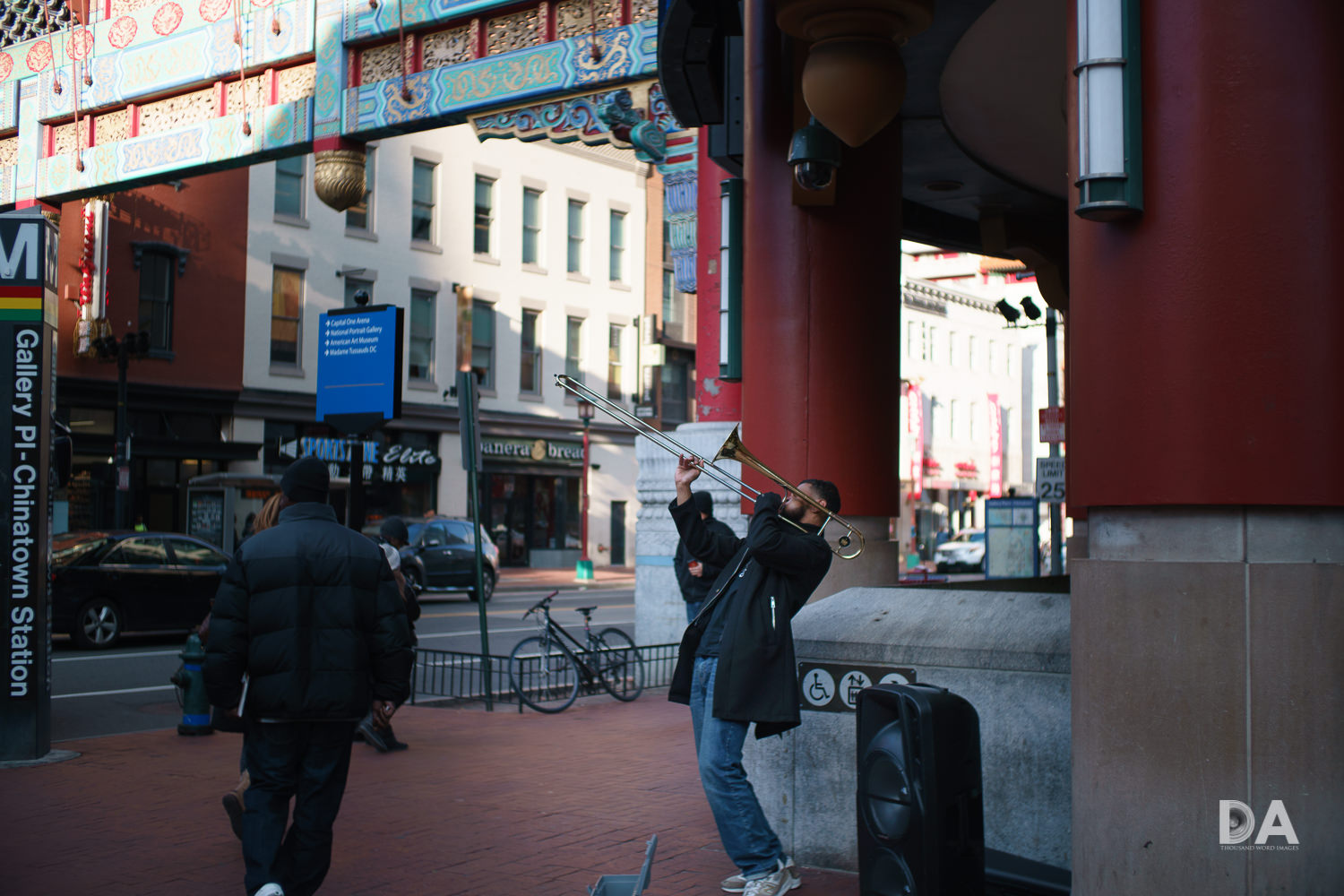
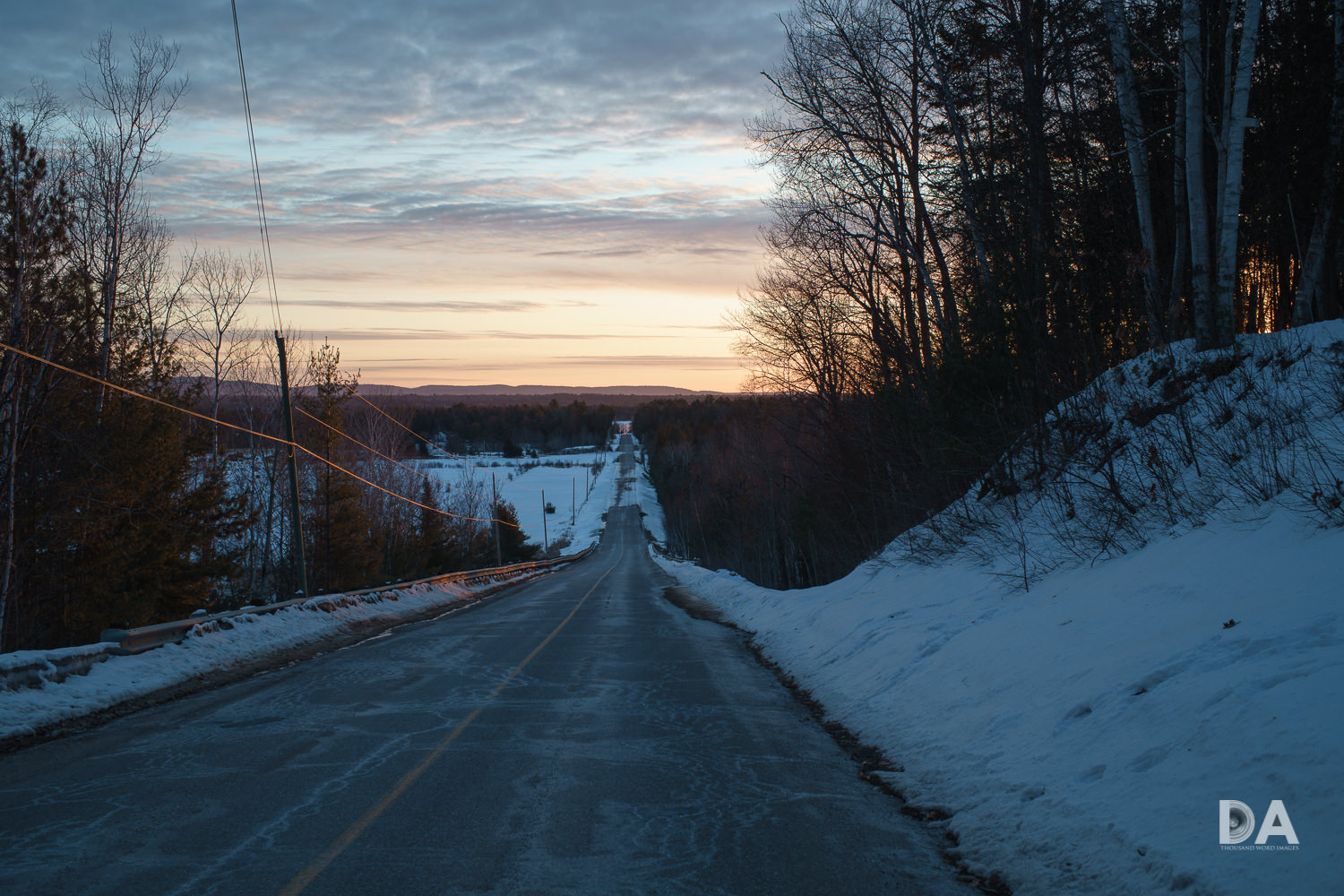


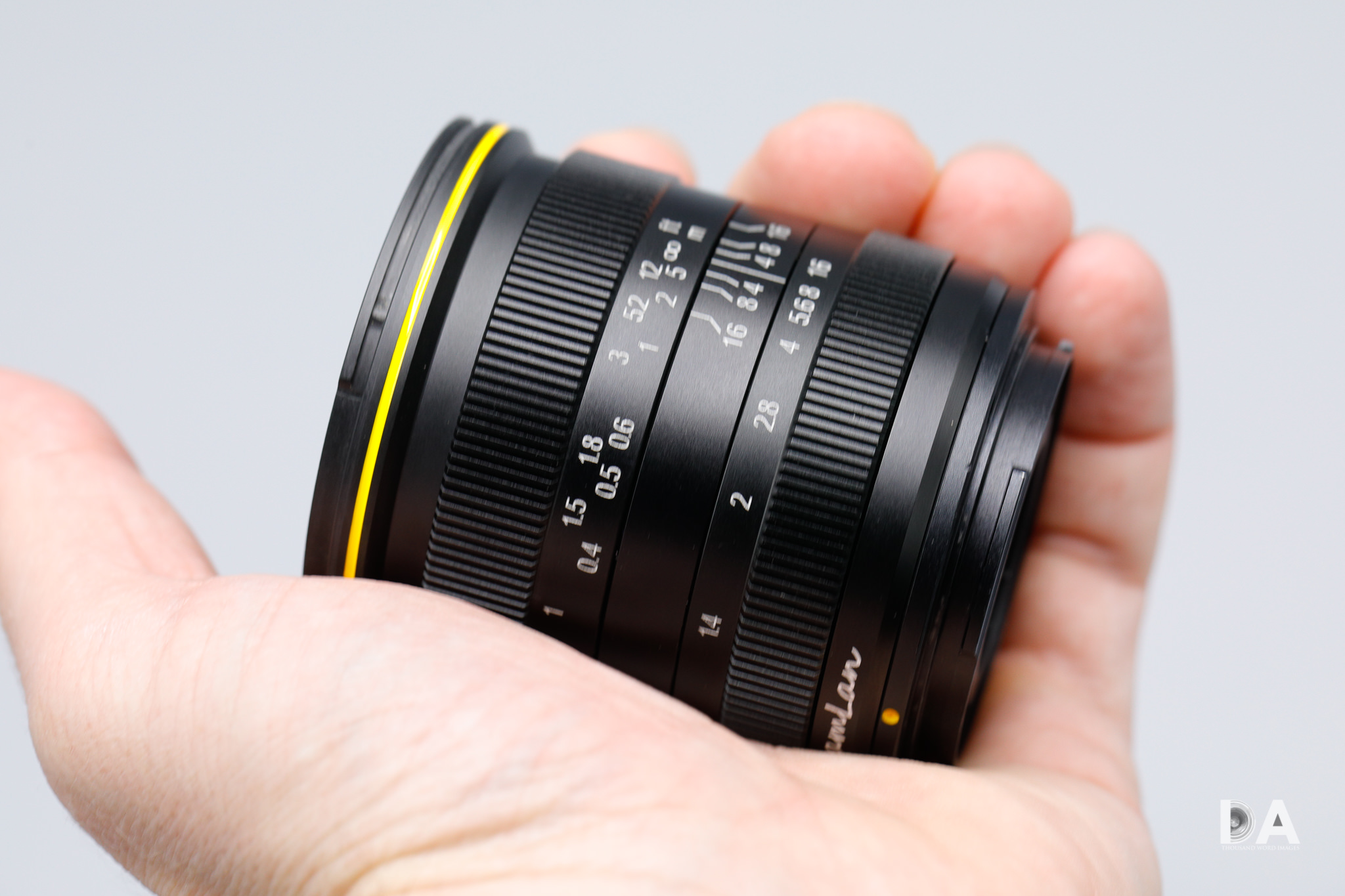
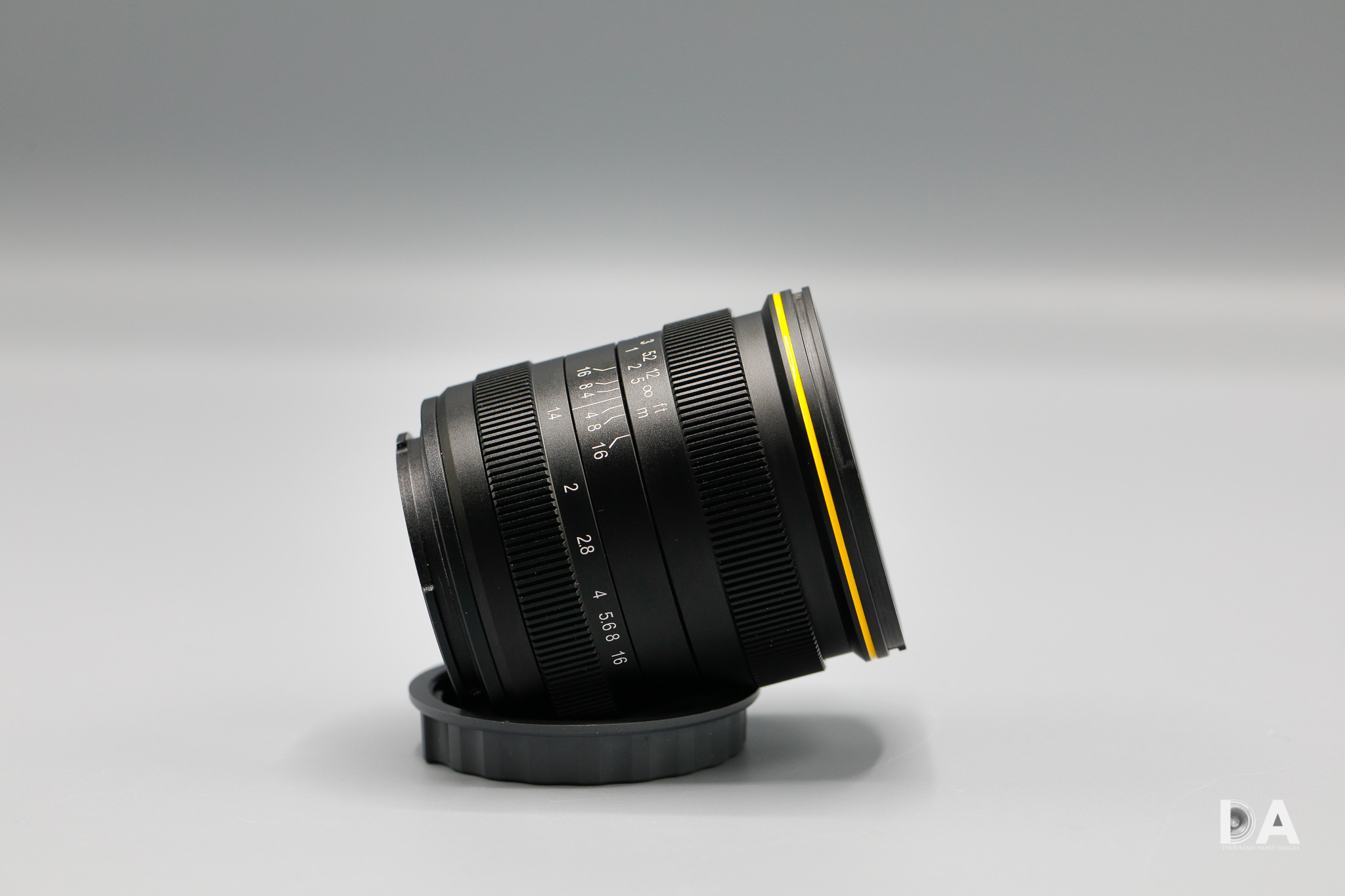

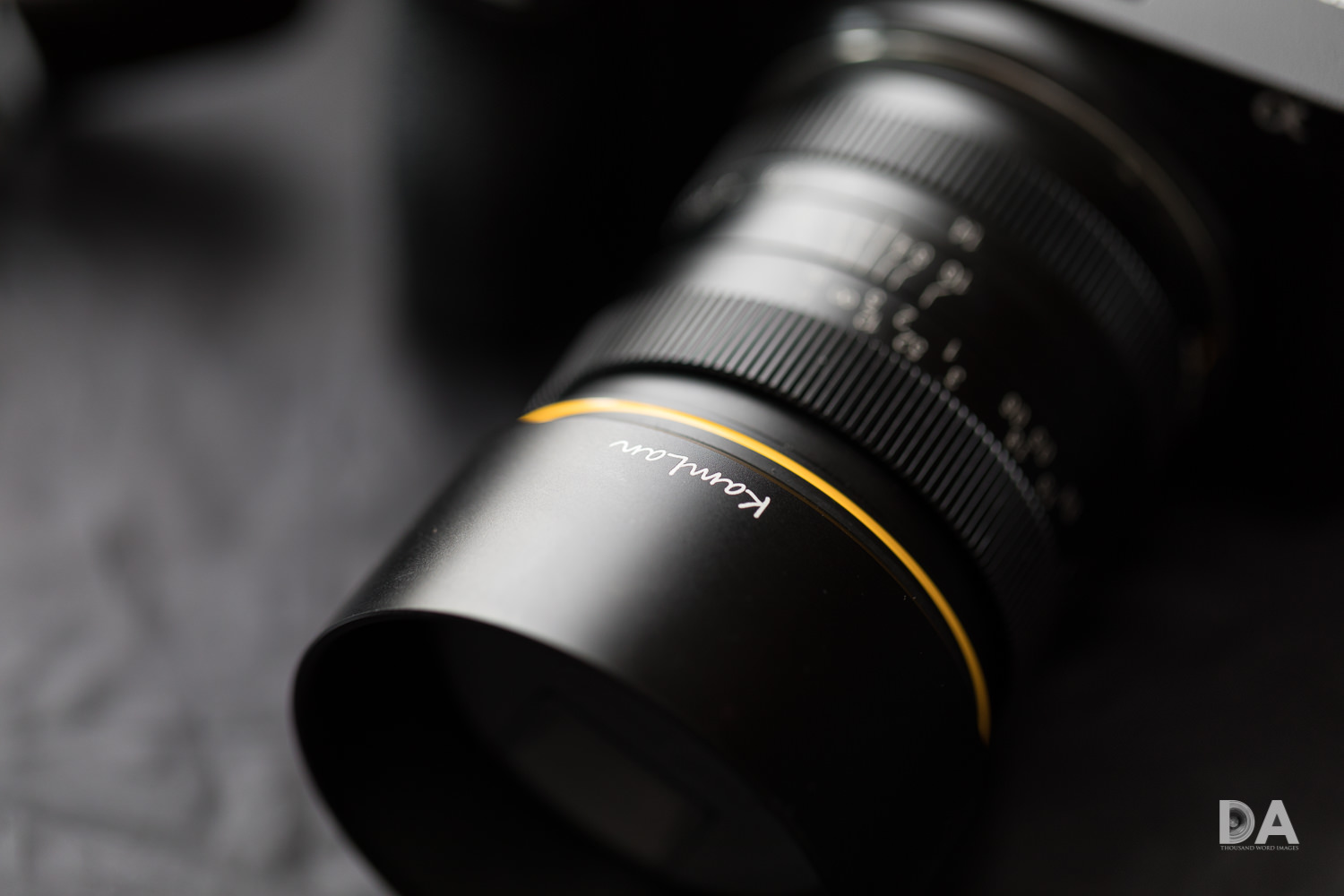
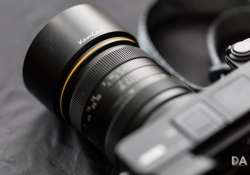
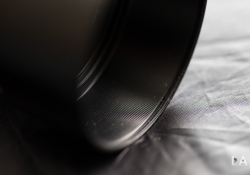
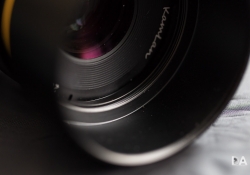
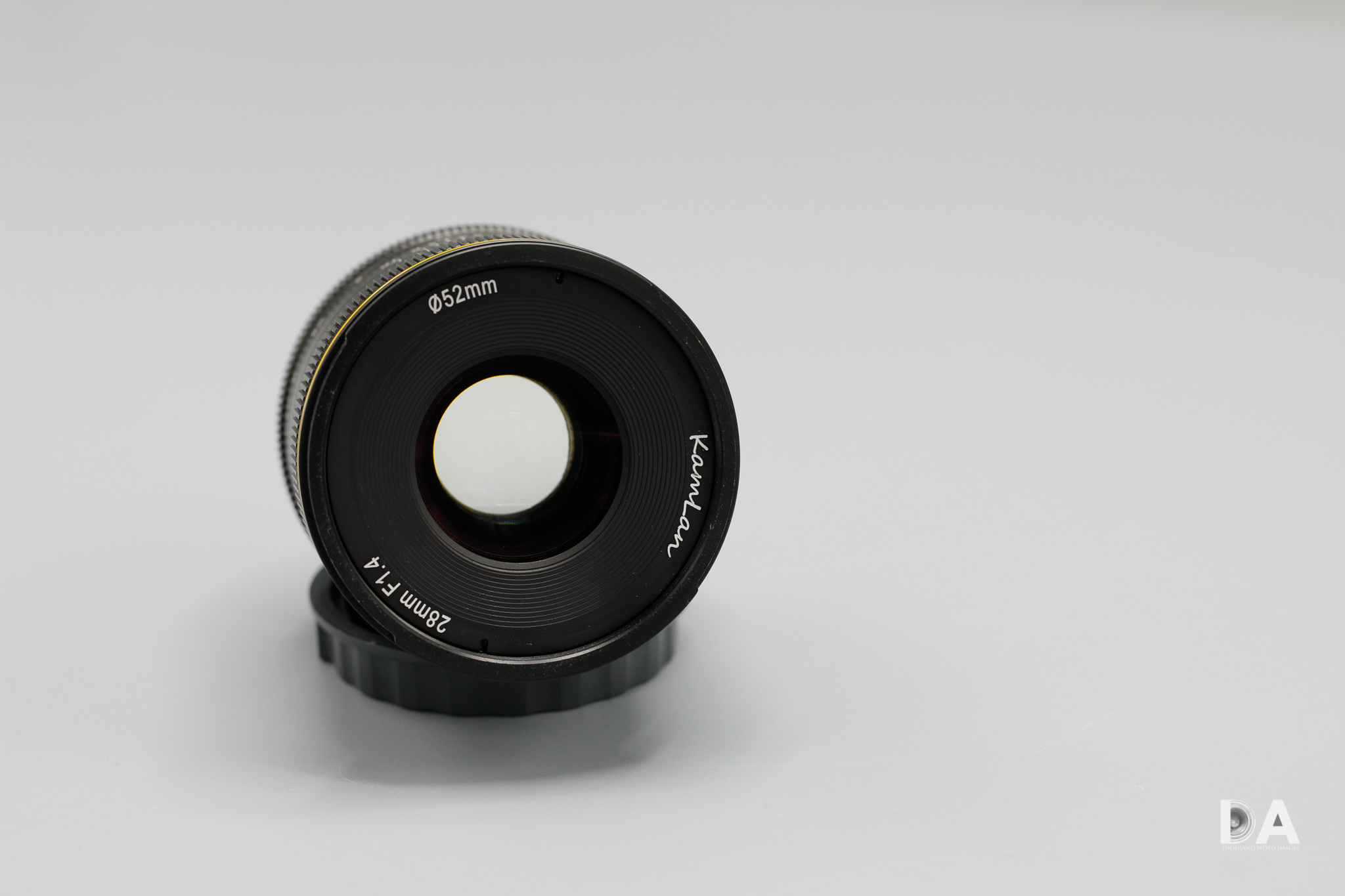
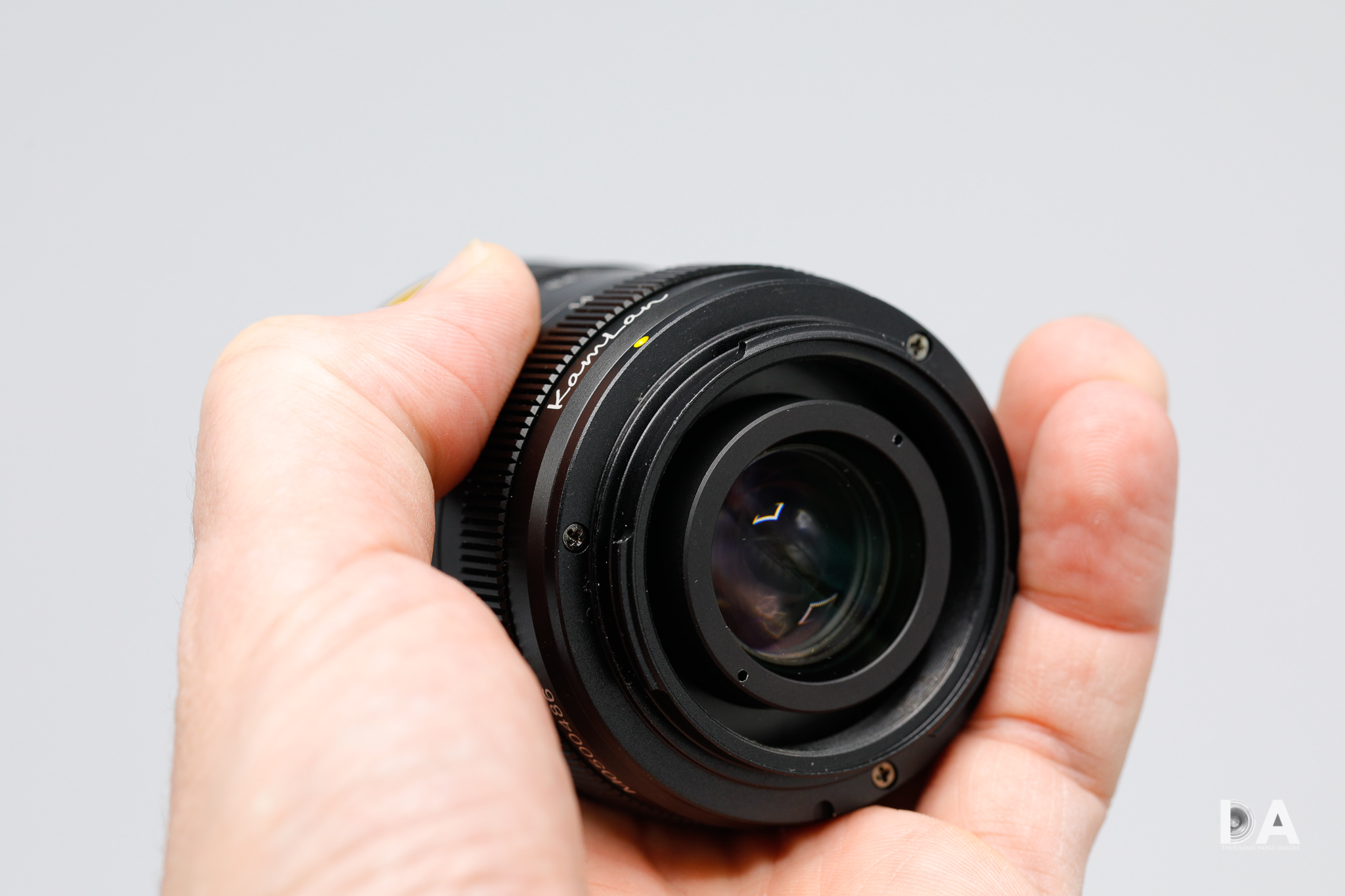
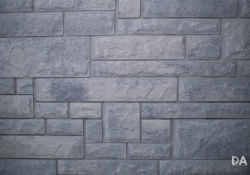
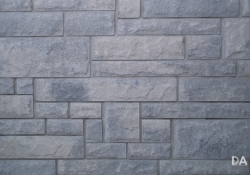
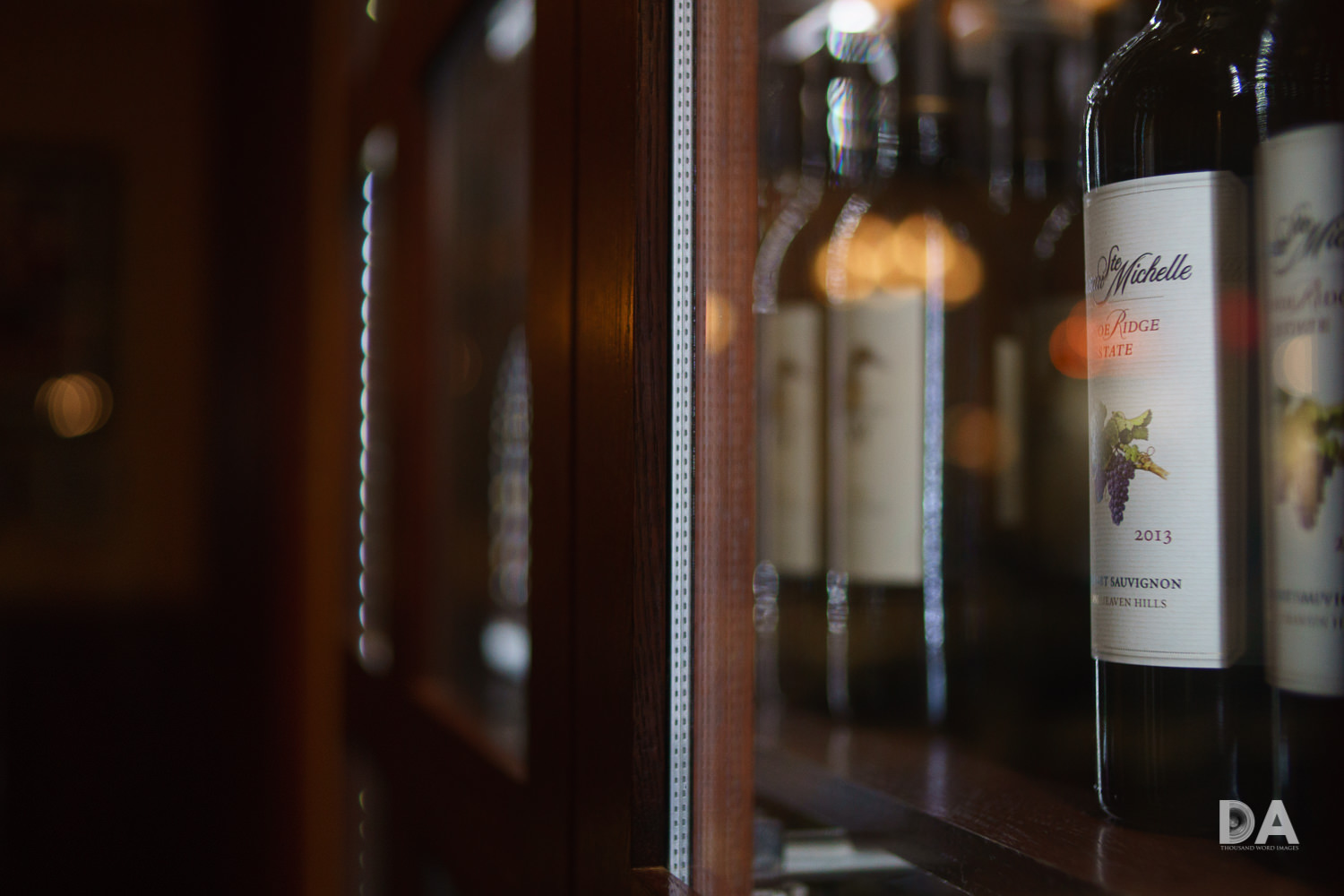


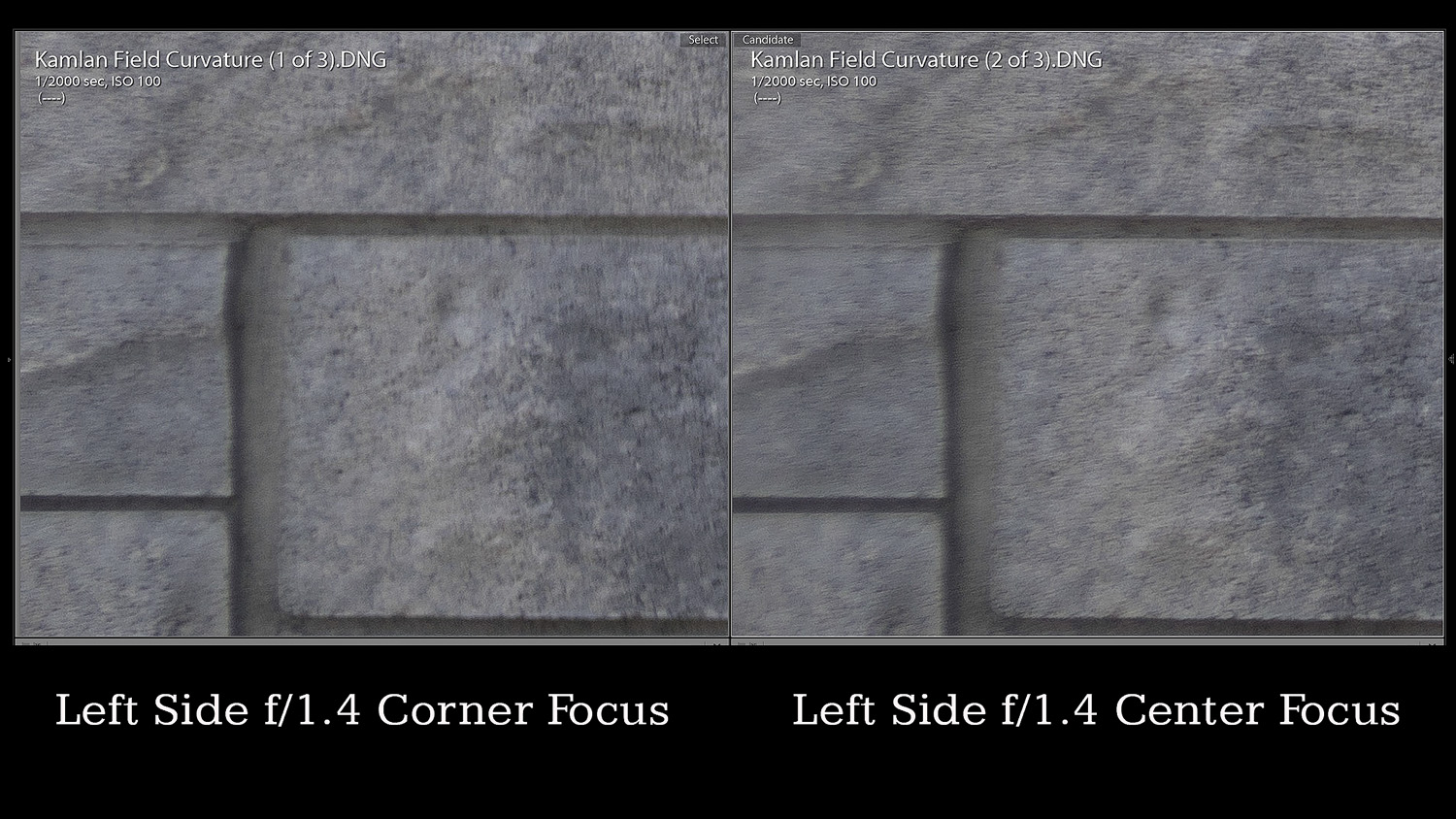
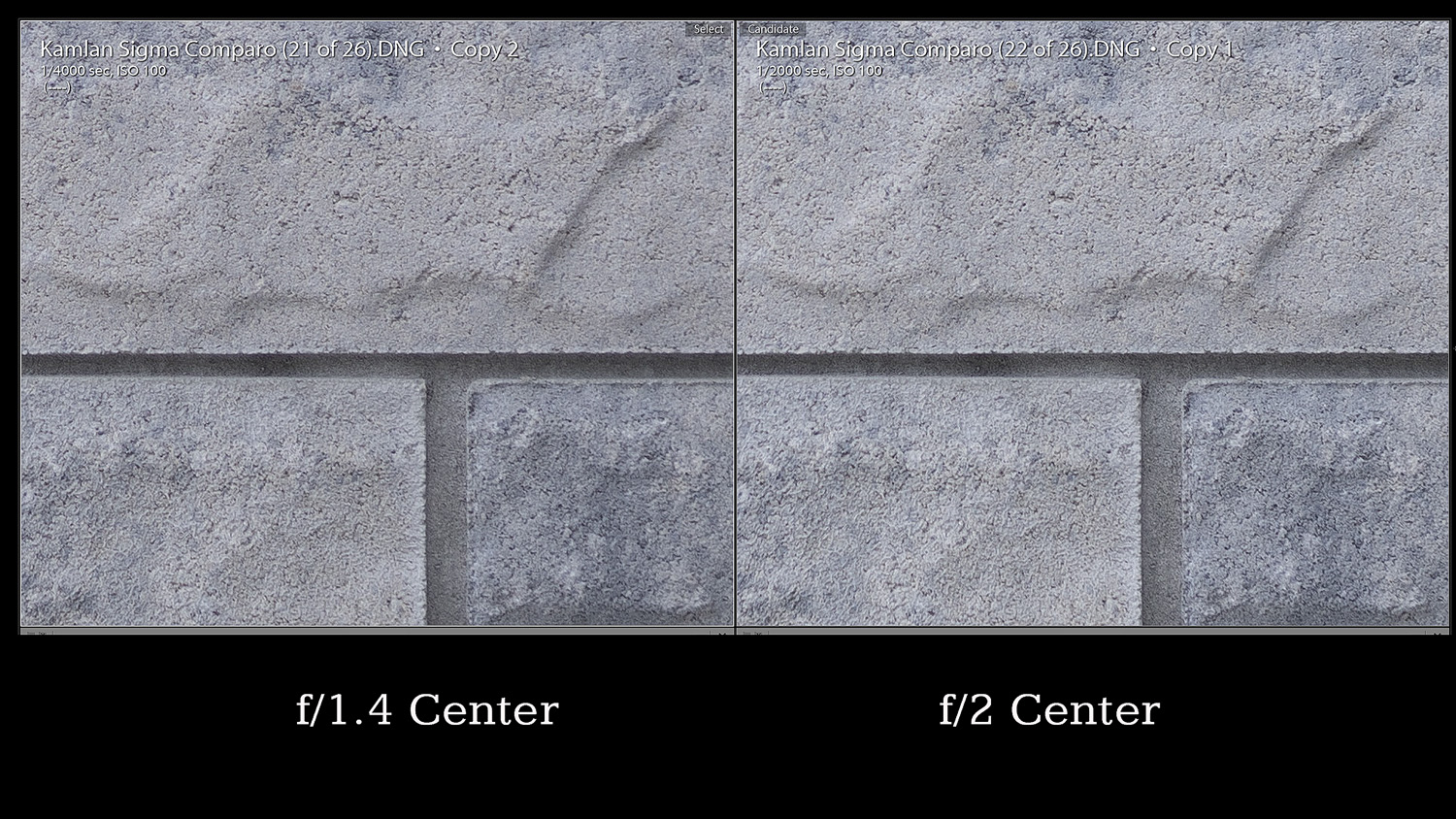
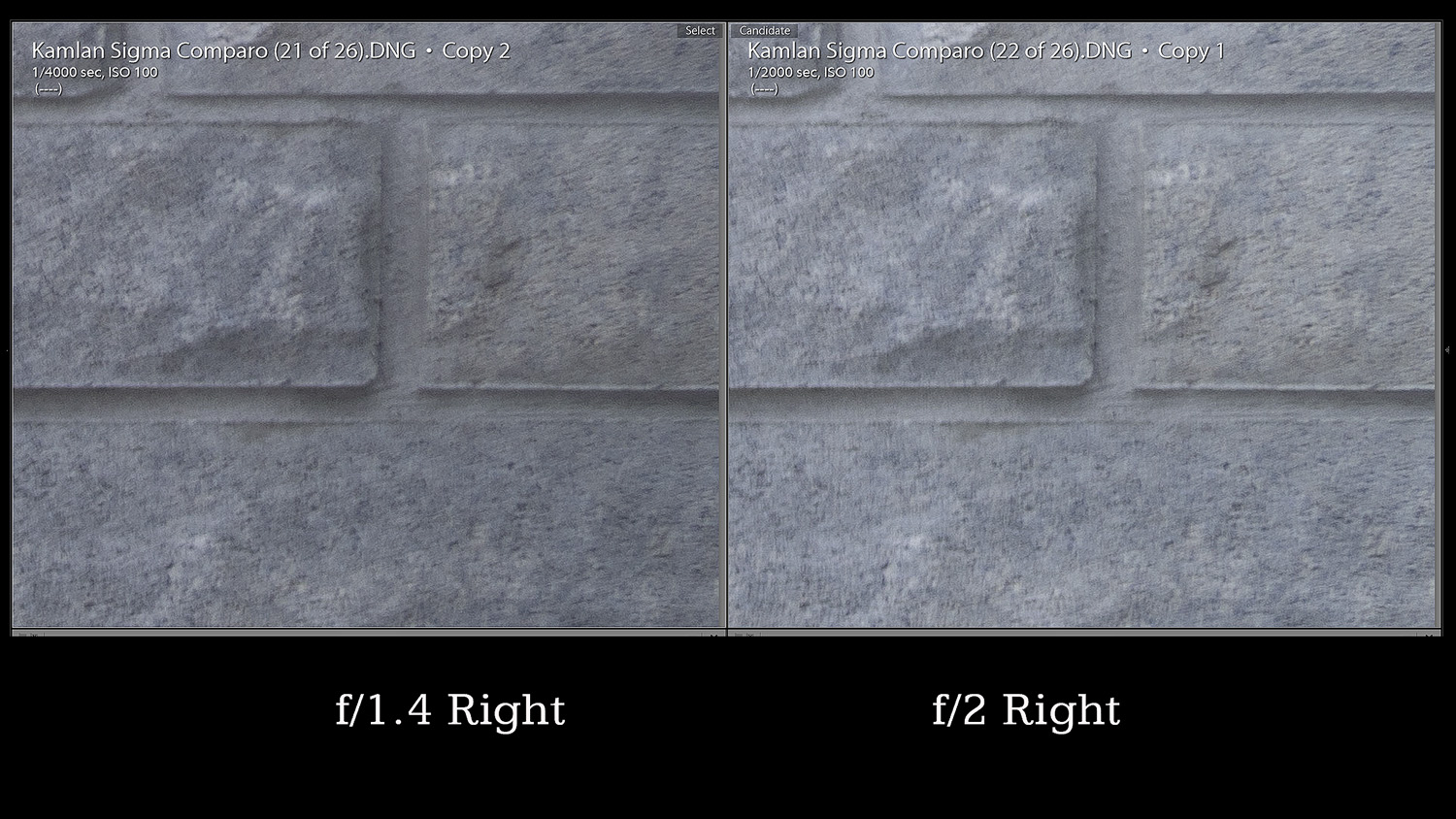
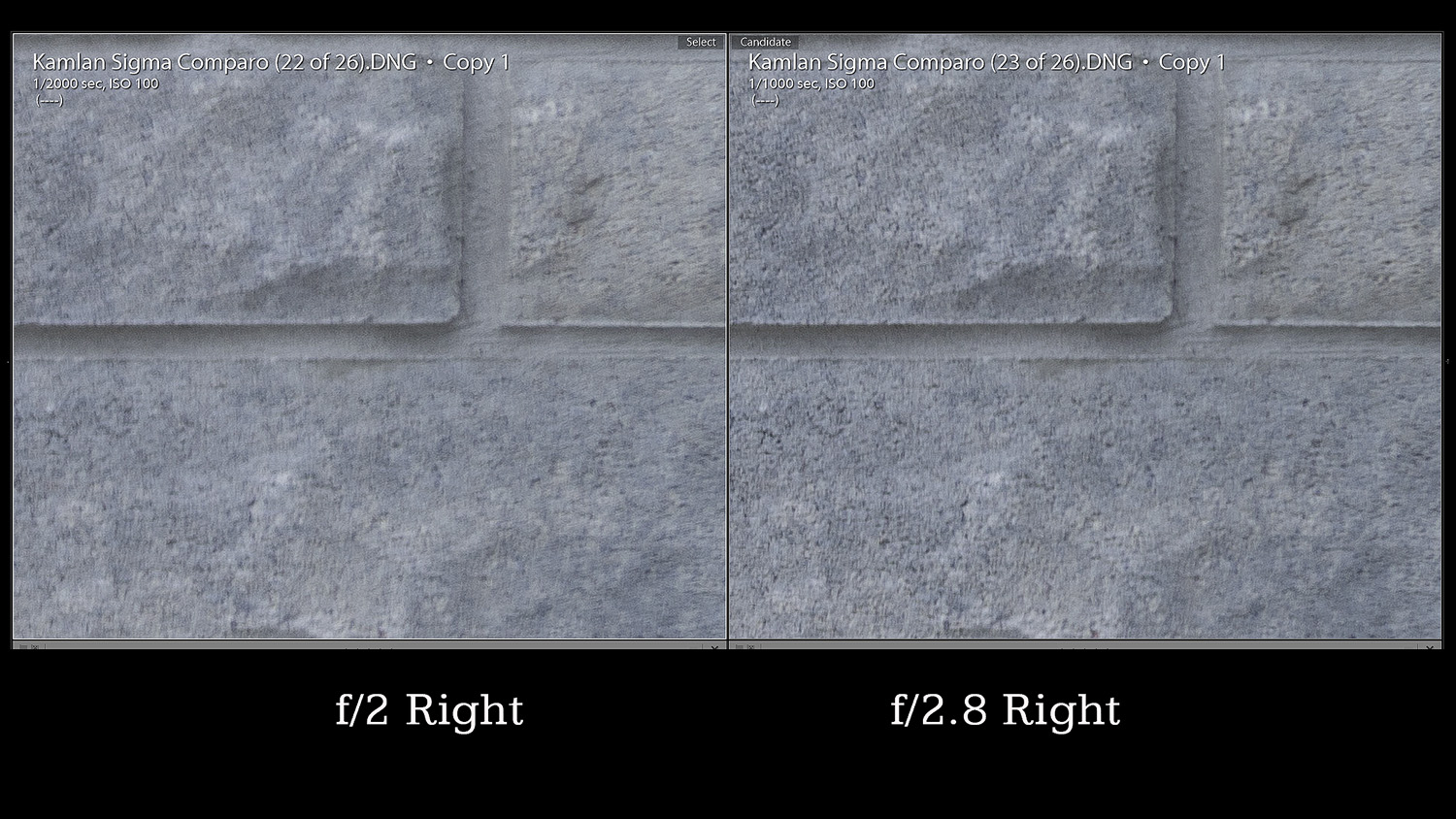
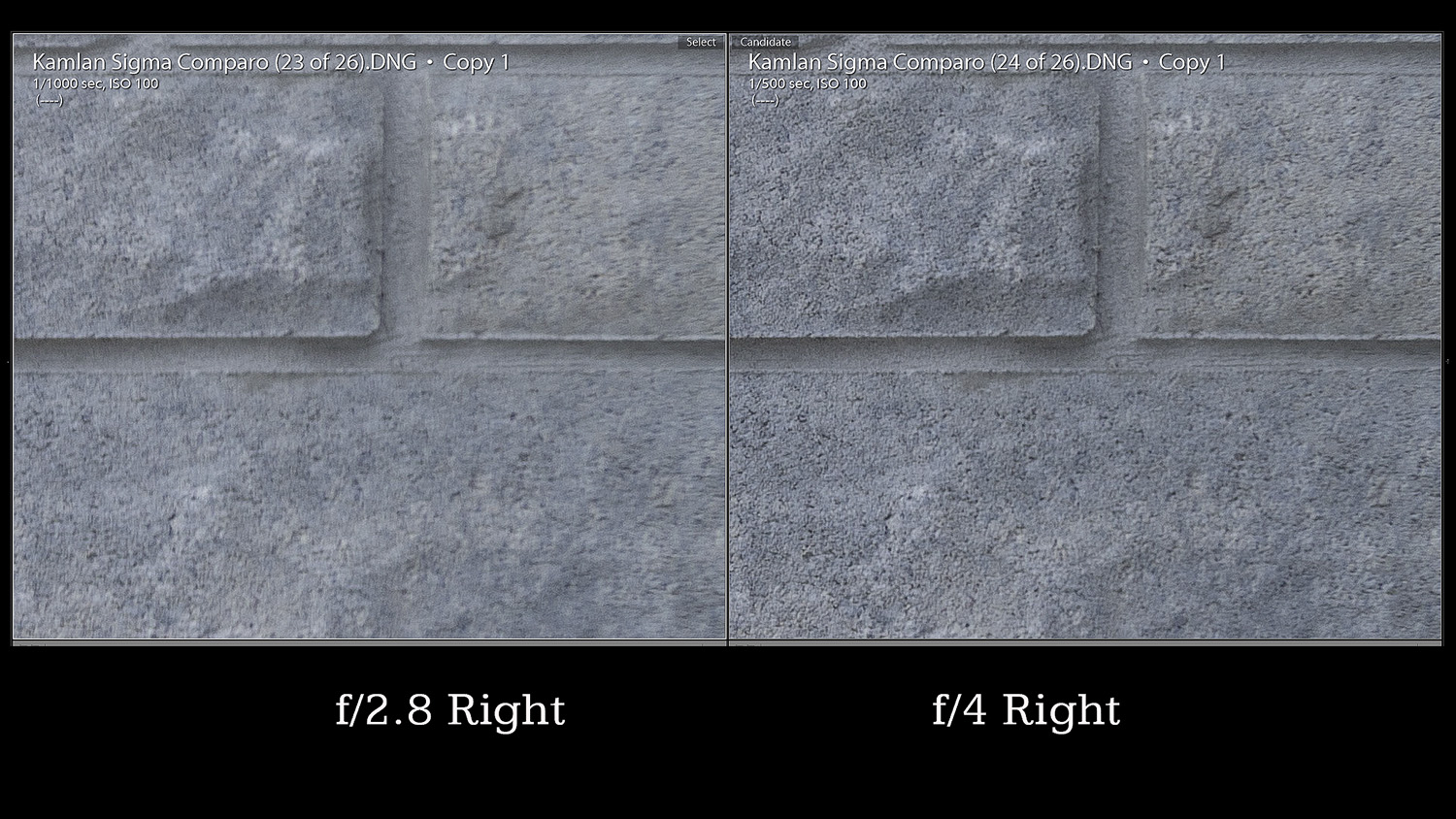
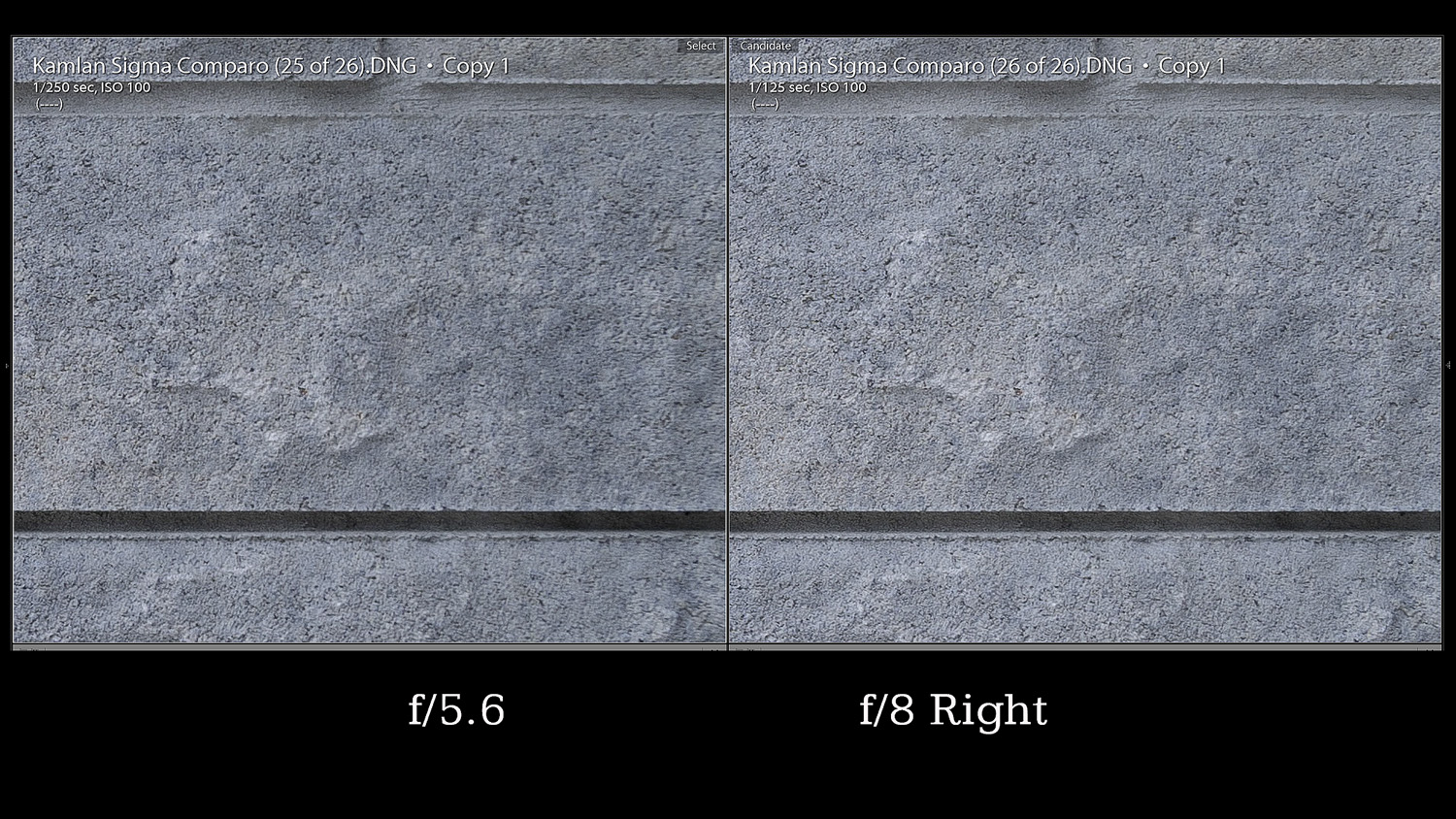
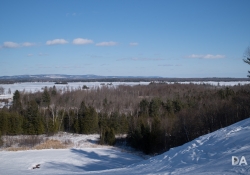





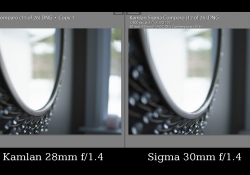
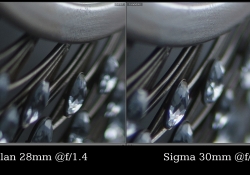
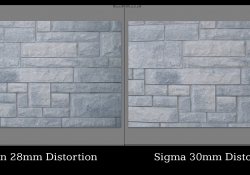

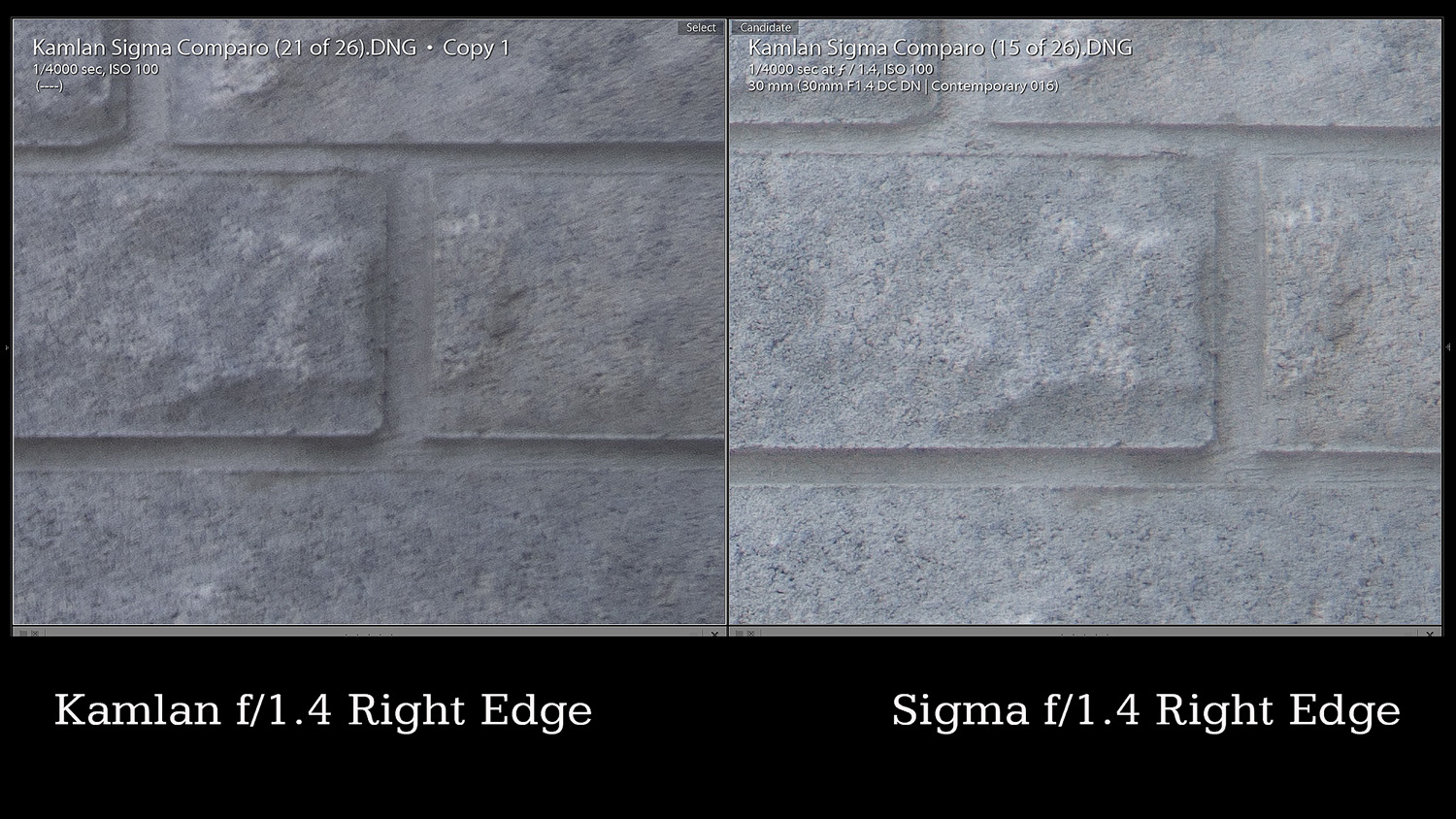
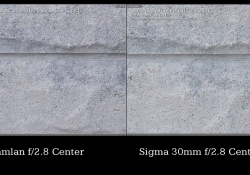
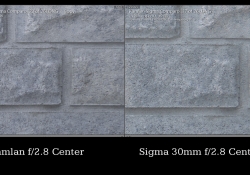
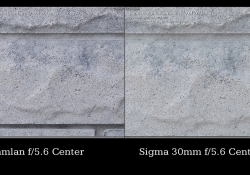


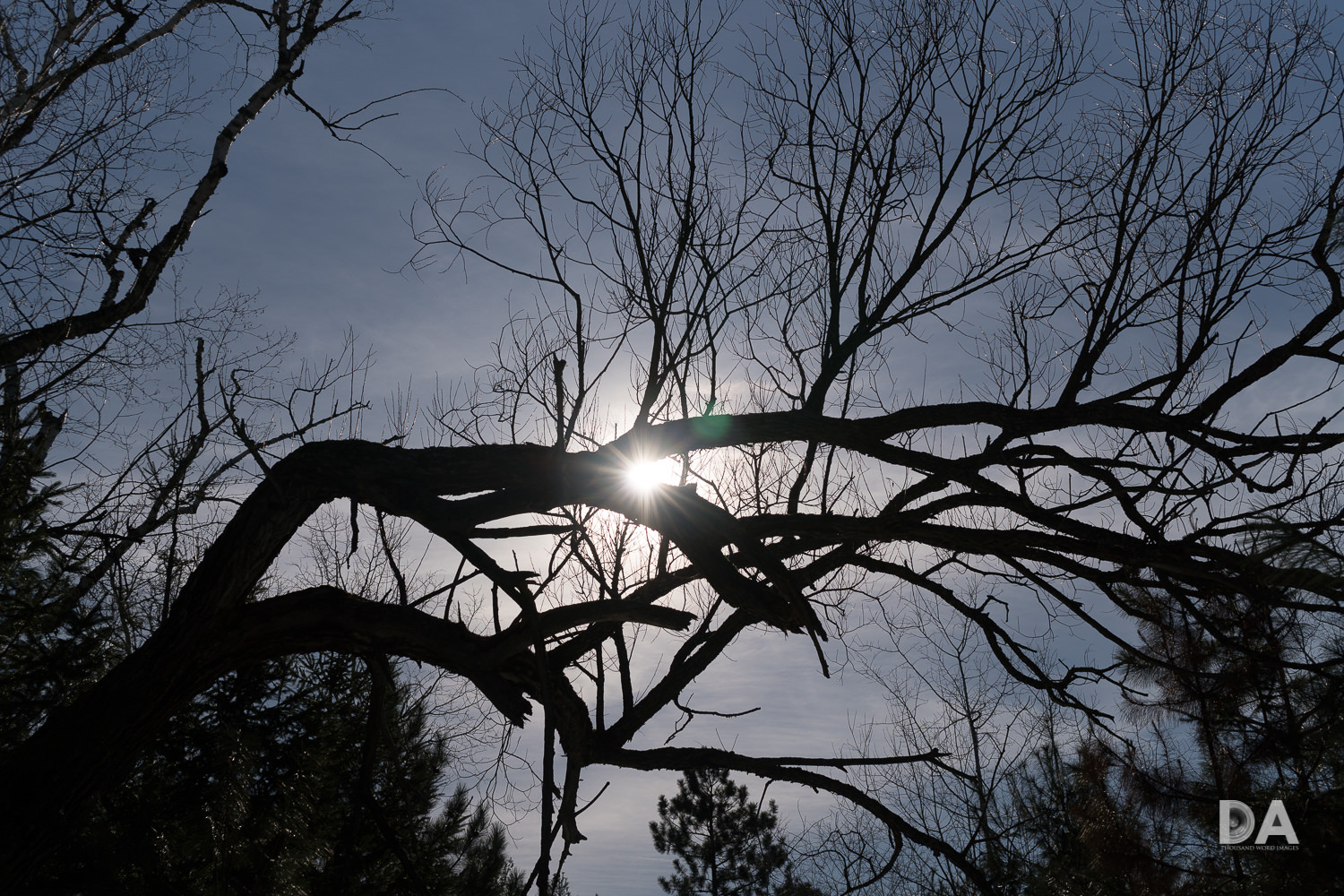



























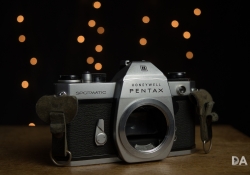


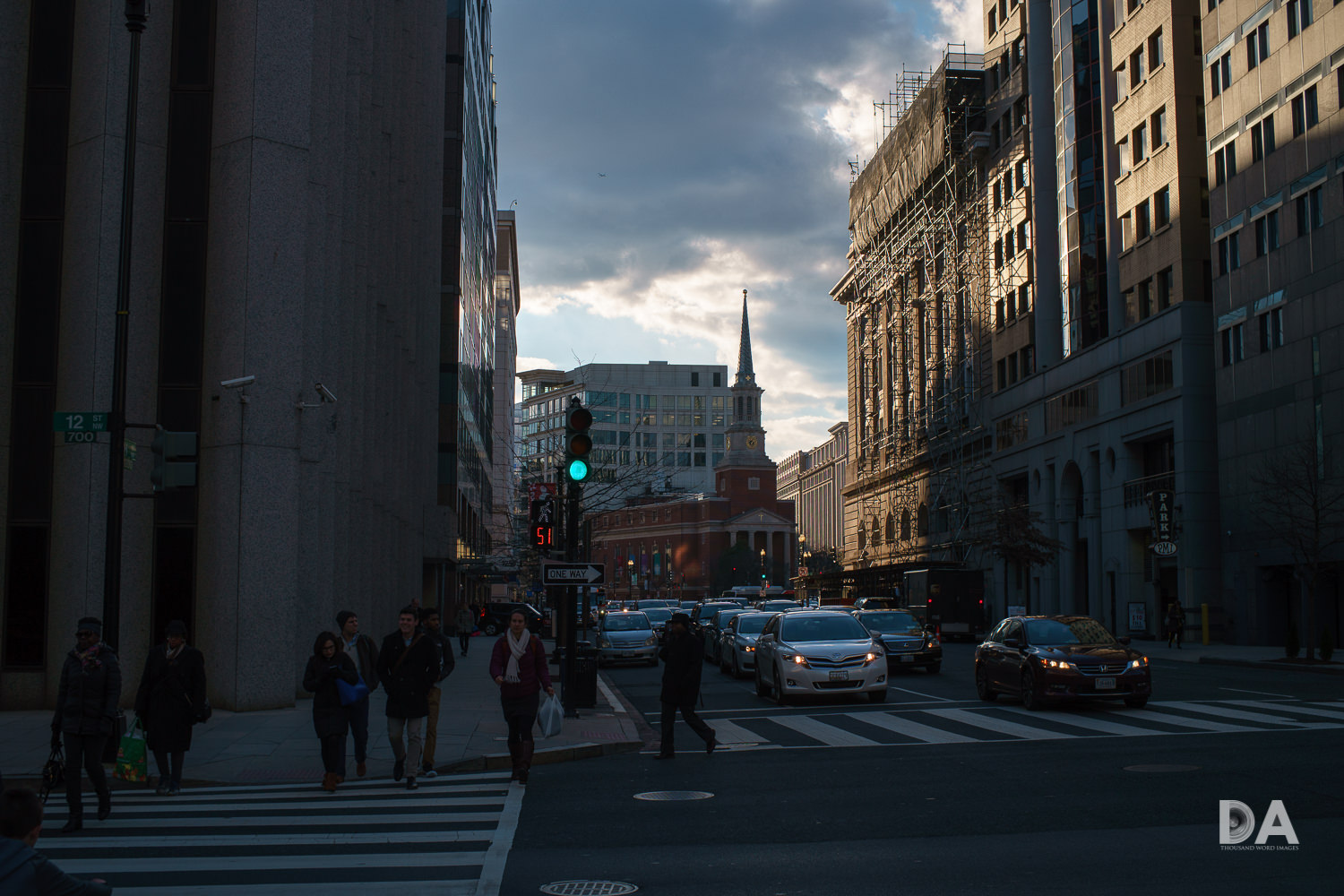

 GOOVIS ART Head Mounted Display Review
GOOVIS ART Head Mounted Display Review 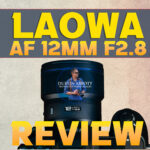 Laowa AF 12mm F2.8 Zero D Review (Z-Mount)
Laowa AF 12mm F2.8 Zero D Review (Z-Mount)  Nikkor Z 35mm F1.2 S Review
Nikkor Z 35mm F1.2 S Review  Kase AF 85mm F1.4 Review
Kase AF 85mm F1.4 Review 



2 thoughts on “Kamlan 28mm f/1.4 Review”